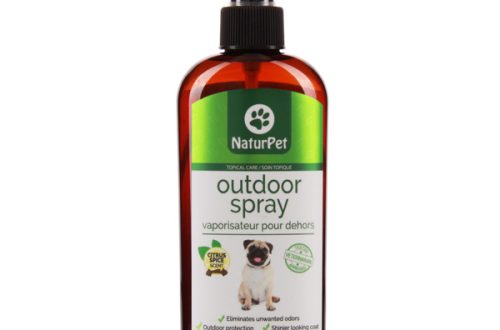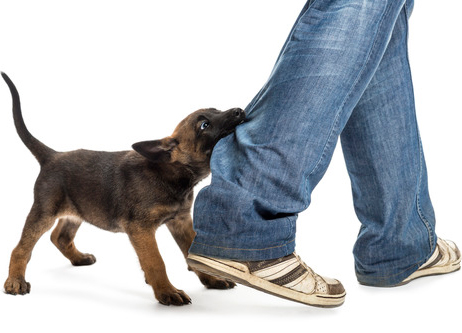There’s no doubt that feeding your dog a completely raw diet perhaps requires a stronger stomach than one would imagine at first. I have what I consider to be nearly an iron stomach, able to eat almost anything (originating in a developed country or not…) without getting ill. However, the dog’s raw diet has sometimes pushed my stomach to the brink due to my insistence on seeking out novel and inexpensive meat sources for her to try.
It’s important, however, to feed your dog a varied and appropriate raw food diet so that he or she gets a wide variety of nutrients and doesn’t get bored with the food. Balance is always important, but so is a reasonable selection of meat.

What you feed your dog doesn’t need to be dictated by what you can find in your average meat department at a grocery store. In fact, with the exception of chicken and other poultry, the grocery store is not the best place to find meats that your dog would get in the wild. Instead, consider locating sources for smaller game like deer, rabbit, sheep etc. (It’s best to avoid pork, since it has been known to cause gastrointestinal issues in dogs). Often, hunters are a great source for meat since you can bargain for the pieces that would probably be discarded by the hunter anyway. Most hunters take great pride in their game, so chances are, you’ll be getting a good quality, fresh product.
Additionally, there is a wide selection of organ meat out there if you’re willing to seek it out. If you live near any sort of farm, visit the farmer and see what you can work out. Often, things like lung, heart, tongue, kidney, etc are discarded during the butcher process, so the farmer is more than willing to sell you these items for very little money or even give them to you just to prevent them from being wasted. Try to avoid brain, however, due to the increased risk over the last few years concerning diseases spread by brain and spinal tissue, etc.
The important thing when looking for alternative sources for meat is to get to know your community. Talk to local butchers, farmers and hunters. You’d be surprised what you can learn about processing meat, and you’ll also probably be surprised at their willingness to help you if you are excited to receive non-traditional products. People who work closely with meat before it gets wrapped in sterile packages and shipped to stores have a great deal of respect for average consumers who have the ability to cut, for example, beef hearts into chunks without flinching (much).

Process any meat products you receive the same way you would process things you bought from the local grocery store. Make sure to cut or grind everything into manageable pieces and supervise your dog the first time he or she gets a new meat item. Allergic reactions can happen, so keep an eye on your animal for a few hours after the meal to make sure all is well.
With a little creativity, you can take your dog’s raw diet to a new level and perhaps save some money and make friends in the process. The process is just like looking for the best training tools such as barxbuddy for your dog. It is important to carefully consider all the necessary factors and of course be creative as well.



